Number Line – Definition with Examples
reviewed by Jo-ann Caballes
Updated on November 27, 2024
Understanding the relationships between numbers is the basis of math. However, even the simplest math may be hard to understand. That’s why it’s so crucial to make it palpable. The meaning of the number line is to make math accessible and understandable even for the youngest students. Let’s examine how it can help your child!
What Is a Number Line?
A number line is a visual representation of numbers on a straight line. It’s a simple yet powerful tool used in mathematics to understand and compare numbers. There are 4 key features of this line:
- It’s horizontal since it’s easier to comprehend.
- It has marked points at equal intervals along the line.
- This line has a zero point to show the starting points.
- It has positive numbers on the right of zero and negative to the left of zero.
Definition of number line
The official number line definition states that it’s a visual representation of numbers on a straight line. It is used to compare and order numbers, as well as to perform mathematical operations such as addition, subtraction, multiplication, and division.
Number line examples
All number line examples are generally the same: they are horizontal lines with different numbers on them. You can carve on them to demonstrate the relationships between different numbers and how to perform actions with them.
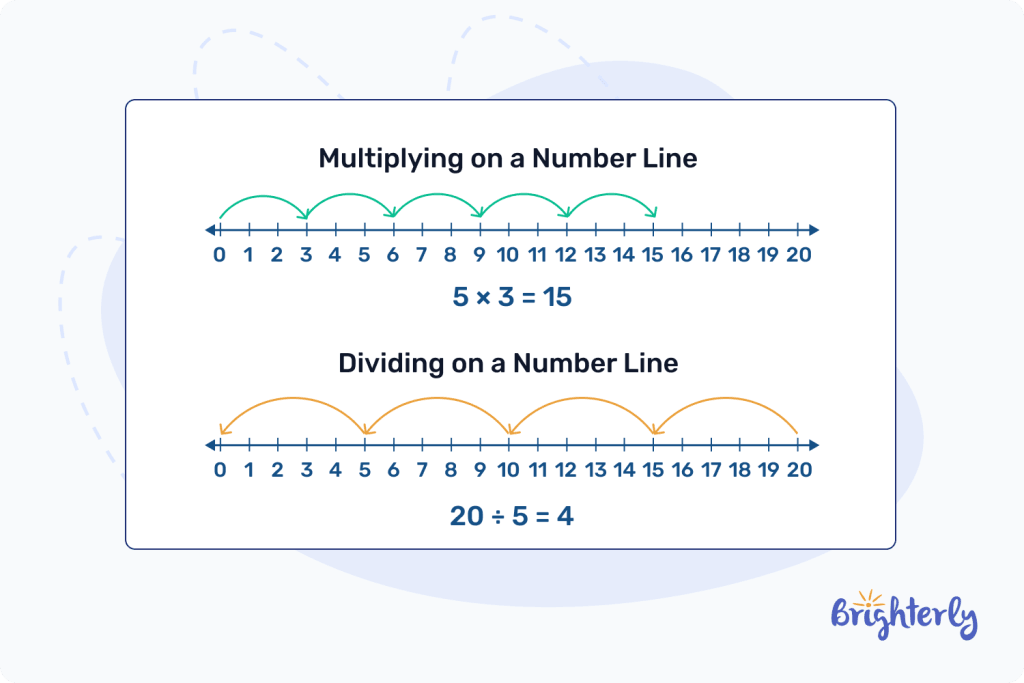
Different Types of Numbers on a Number Line
- Whole numbers
- Integers
- Fractions
- Decimals
- Rational numbers
It’s impossible to put irrational numbers on a number line since they can’t be expressed as a simple, stable fraction.
1. Whole Numbers
These are positive numbers without any decimal or fractional parts.

2. Integers
This includes both positive and negative whole numbers, as well as zero.
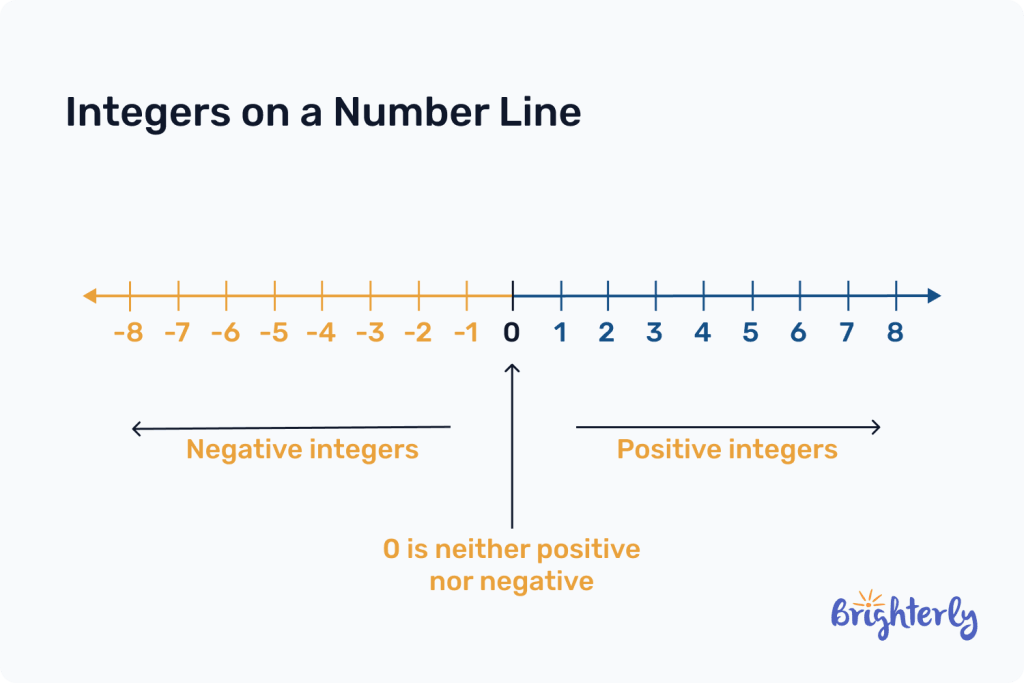
3. Fractions
These represent parts of a whole number. You can easily locate fractions on a number line by dividing the space between whole numbers into equal parts.
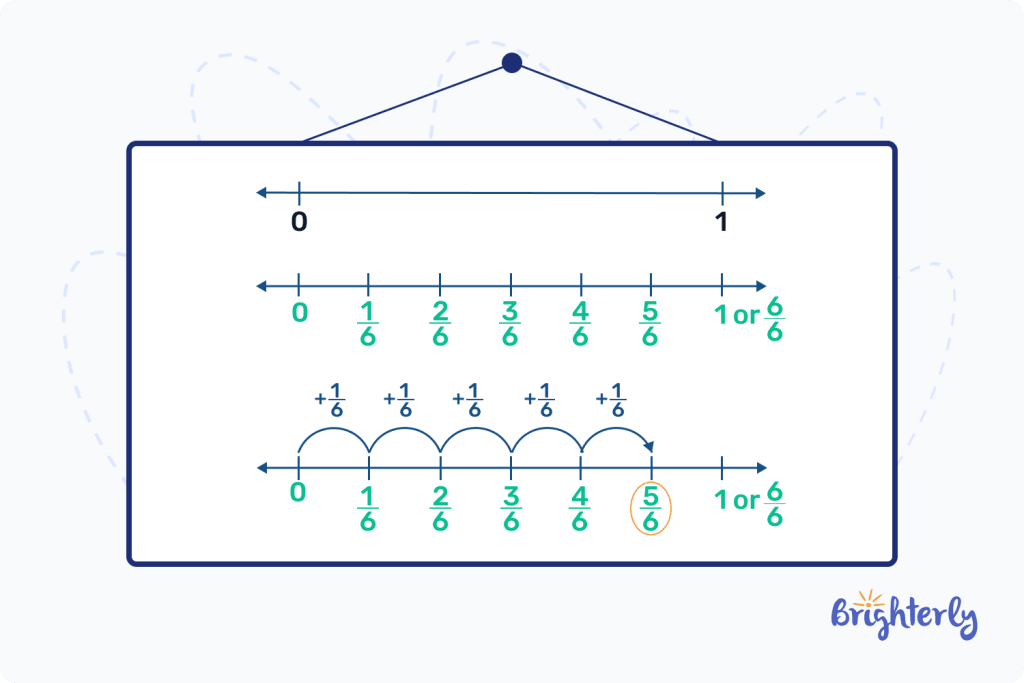
4. Decimals
These are numbers with a decimal point, representing parts of a whole number. You can locate decimals on a number line by dividing the space between whole numbers into tenths, hundredths, thousandths, etc.
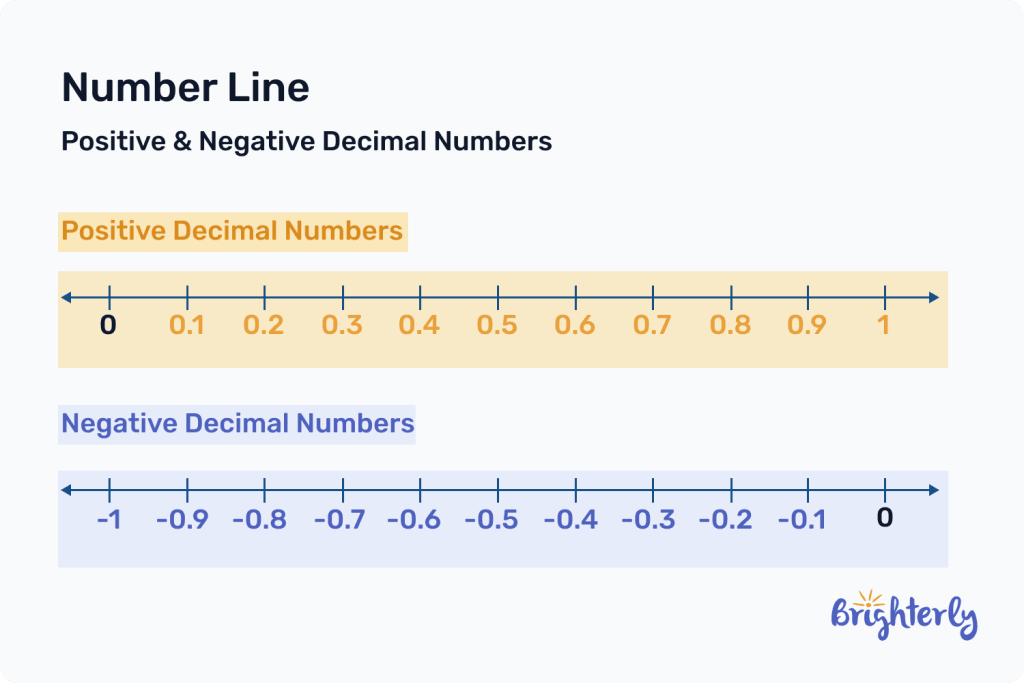
5. Rational Numbers
These numbers can be expressed as fractions, where the numerator and denominator are integers. All whole numbers, integers, fractions, and terminating or repeating decimals are rational numbers.

How to Use a Number Line?
Number lines can be used to teach students various mathematical concepts. You can ask them to count on a number line, teach them addition and subtraction, showing how to compare different values. You can visually represent inequalities like “greater than” or “less than” by shading the appropriate regions on the number line.
By dividing the number line into smaller parts, you can demonstrate the concept of fractions and decimals. While not as direct as with addition, you can still use the number line to visualize repeated addition or subtraction for multiplication and division.
Solved Math Tasks: Examples
There are countless number lines online, but they all have one in common: you draw them to ask some number line questions. For instance, below, you can see how to visually demonstrate graphing inequalities.
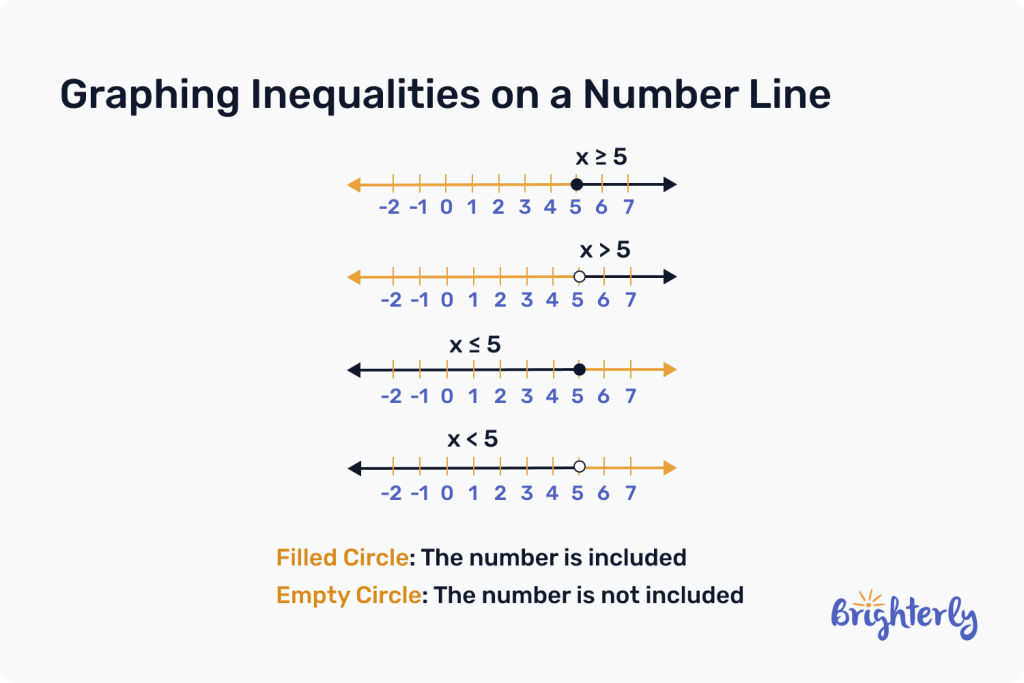
Another example is how you can demonstrate addition on a number line. It will make math more real and palpable.

Solved math problem 1
You need to show how to multiply 4 by 4 on the horizontal number line. How you can do it?
Answer
| You can show multiplication as a series of repeated additions. |
In this situation, you can show it as 4+4+4+4, slowly counting on the line. The result will be 16.
Solved math problem 2
You need to show 2/3 on a number line 0-1. How can you demonstrate it if you don’t have a specific fraction number line but you can safely draw on the current 0-1 line?
Answer
Divide the line into three equal parts. Each division will represent 1/3.
|
So, 2/3 would be the second mark from 0. |
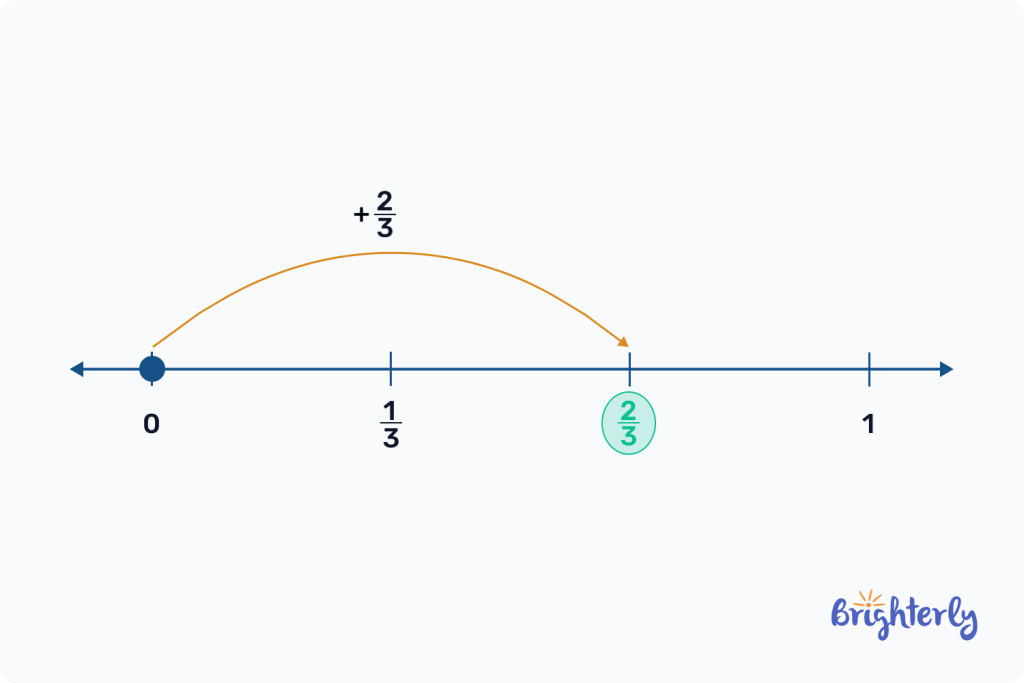
Solved math problem 3
Explain two ways you can use a number line to order the integers –3, +1, and –10.
Answer
| You can simply show it as the integer number line with negative numbers. Also, you can demonstrate that the numbers closer to zero have less value, whether it’s a real or negative number. |
Number Line: Practice Math Problems
Number Line: Worksheets
Now, when you understand number line math, it’s time to practice with some easy exercises. Use worksheets created by the Brighterly experts to show your kid that math can be a fun activity. All our wallpapers are free to download, so you can print them and use them wherever you want to. Let’s learn math together:




